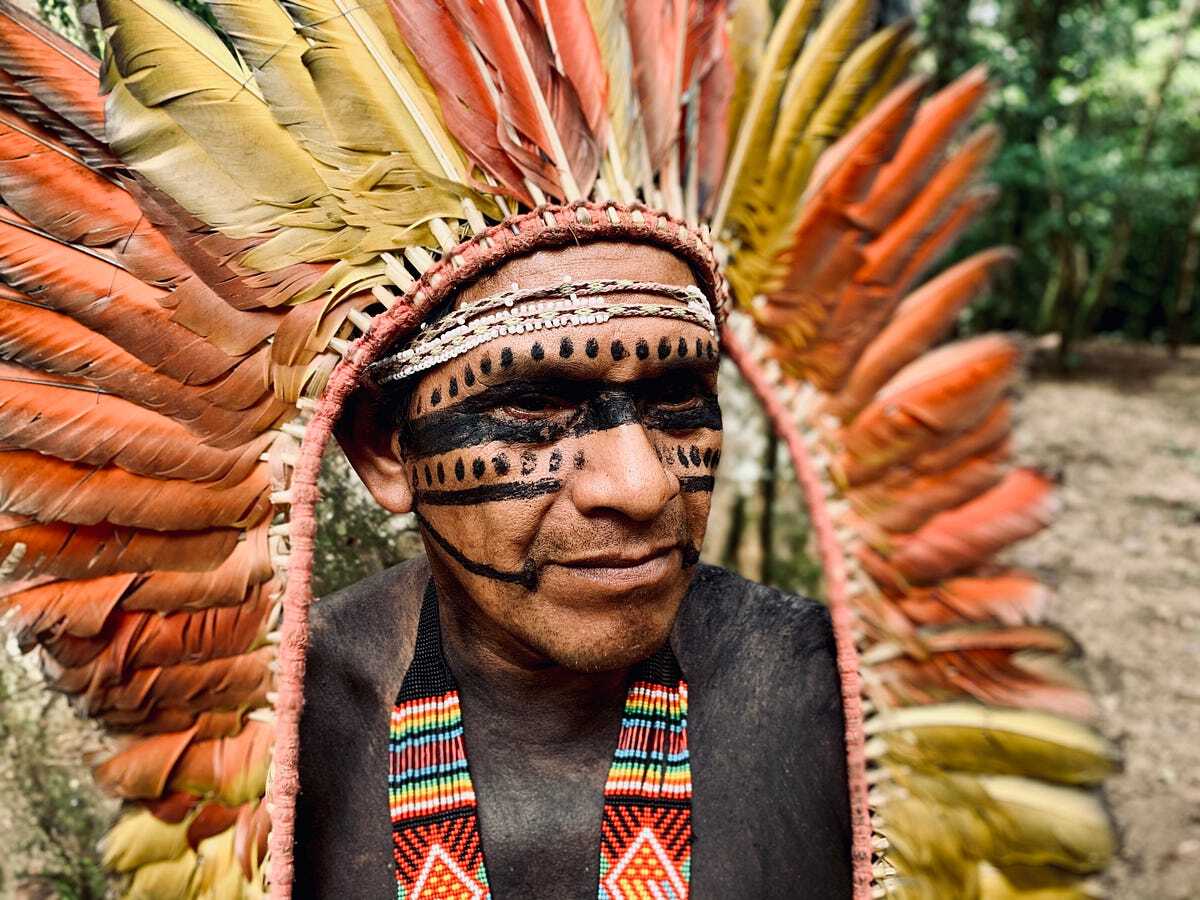
Katukinan languages are a small family of indigenous languages spoken in the Amazon rainforest, primarily in Brazil. These languages are fascinating due to their unique structure and the cultural heritage they represent. Did you know that the Katukinan languages are considered endangered, with only a few hundred speakers left? This makes them a critical focus for linguists and anthropologists aiming to preserve these ancient tongues. In this post, we'll delve into 36 intriguing facts about Katukinan languages, from their grammatical quirks to the rich traditions of the communities that speak them. Ready to learn more about these hidden linguistic gems? Let's get started!
What Are Katukinan Languages?
Katukinan languages are a small family of indigenous languages spoken in Brazil. These languages are fascinating due to their unique characteristics and the cultural heritage they represent. Let's dive into some intriguing facts about them.
-
Katukinan languages are primarily spoken in the Amazon rainforest region of Brazil.
-
The family includes two main languages: Katukina and Kanamari.
-
These languages are considered endangered, with only a few hundred speakers remaining.
-
Katukinan languages are known for their complex verb morphology.
-
The languages have a rich oral tradition, with many stories and legends passed down through generations.
Historical Background of Katukinan Languages
Understanding the history of these languages provides insight into the cultures that speak them. The historical context is crucial for appreciating their significance.
-
The Katukina people have lived in the Amazon rainforest for thousands of years.
-
European colonization significantly impacted the Katukina languages, leading to a decline in the number of speakers.
-
Many Katukina communities were displaced or assimilated into other cultures during the colonial period.
-
Despite these challenges, the Katukina people have managed to preserve much of their linguistic heritage.
-
Efforts are being made to document and revitalize Katukinan languages to prevent their extinction.
Linguistic Features of Katukinan Languages
Katukinan languages have unique linguistic features that set them apart from other language families. These features make them a subject of interest for linguists.
-
Katukinan languages use a subject-object-verb (SOV) word order.
-
They have a complex system of verb conjugation that indicates tense, aspect, and mood.
-
Noun classification in Katukinan languages is intricate, with various categories based on shape, size, and other attributes.
-
Pronouns in these languages can be quite elaborate, with different forms for singular, dual, and plural.
-
The phonetic inventory of Katukinan languages includes several sounds not found in most other languages.
Cultural Significance of Katukinan Languages
The cultural significance of Katukinan languages extends beyond mere communication. They are a vital part of the identity and heritage of the Katukina people.
-
Many traditional ceremonies and rituals are conducted in Katukinan languages.
-
The languages are used to convey traditional knowledge about the environment, medicinal plants, and hunting techniques.
-
Katukinan languages are integral to the storytelling traditions of the Katukina people.
-
Songs and chants in these languages play a crucial role in cultural preservation.
-
The languages are a source of pride and identity for the Katukina communities.
Efforts to Preserve Katukinan Languages
Given their endangered status, various efforts are being made to preserve and revitalize Katukinan languages. These efforts are crucial for ensuring their survival.
-
Linguists are working with Katukina communities to document the languages.
-
Educational programs are being developed to teach Katukinan languages to younger generations.
-
Digital tools and resources are being created to aid in language learning and preservation.
-
Community-led initiatives are promoting the use of Katukinan languages in daily life.
-
International organizations are providing support for language preservation projects.
Challenges Facing Katukinan Languages
Despite the efforts to preserve them, Katukinan languages face several challenges. Understanding these challenges is essential for developing effective preservation strategies.
-
The small number of speakers makes language transmission difficult.
-
Economic pressures and modernization are leading to language shift and loss.
-
Limited access to education in Katukinan languages hampers their preservation.
-
The remote location of many Katukina communities poses logistical challenges for language documentation.
-
There is a lack of funding and resources for comprehensive language preservation efforts.
Future of Katukinan Languages
The future of Katukinan languages depends on the continued efforts of both the Katukina people and external supporters. There is hope that these languages can be revitalized and preserved for future generations.
-
Increased awareness about the importance of linguistic diversity is helping to garner support for Katukinan languages.
-
Collaborative projects between linguists and indigenous communities are yielding positive results.
-
Technological advancements are providing new tools for language documentation and learning.
-
Cultural exchange programs are fostering a greater appreciation for Katukinan languages.
-
The resilience and determination of the Katukina people are key to the survival of their languages.
-
Continued advocacy and support from the global community are essential for the preservation of Katukinan languages.
The Enduring Legacy of Katukinan Languages
Katukinan languages, spoken by indigenous groups in Brazil, hold a treasure trove of cultural and historical significance. Despite facing challenges like dwindling speakers and external influences, these languages remain a vital part of the community's identity. Efforts to document and revitalize them are crucial for preserving this rich heritage.
Understanding Katukinan languages offers insights into the unique worldview and traditions of their speakers. Each word and phrase carries stories passed down through generations, reflecting a deep connection to the land and nature.
By supporting initiatives that promote the learning and use of Katukinan languages, we contribute to the survival of these linguistic gems. Let's celebrate and respect the diversity they bring to our global tapestry. The legacy of Katukinan languages is not just about words; it's about preserving a way of life that enriches us all.
Was this page helpful?
Our commitment to delivering trustworthy and engaging content is at the heart of what we do. Each fact on our site is contributed by real users like you, bringing a wealth of diverse insights and information. To ensure the highest standards of accuracy and reliability, our dedicated editors meticulously review each submission. This process guarantees that the facts we share are not only fascinating but also credible. Trust in our commitment to quality and authenticity as you explore and learn with us.


